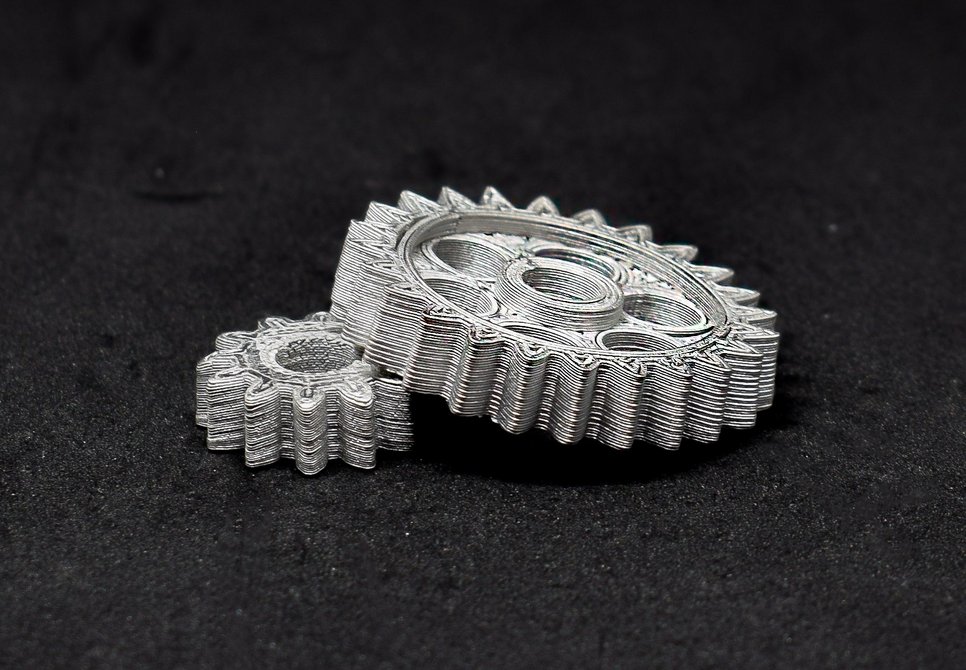Design4AM

Design for Additive Manufacturing (DFAM) is the process of developing a product or component that is optimised for production by an additive manufacturing (AM) technology. This holistic approach takes into account the unique capabilities and limitations of additive manufacturing to produce complex geometries that would be difficult or impossible to achieve using conventional manufacturing processes.
Therefore, DFAM includes, among other things, the design of parts taking into account the layer-by-layer structure of AM, the selection of suitable materials, the optimisation of part alignment, the design of support structures and the minimisation of the need for post-processing. DFAM also includes the design of parts taking into account process-specific limitations and potentials of the respective AM technology used, e.g. stereolithography (SLA), fused deposition modelling (FDM) or selective laser sintering (SLS).
Through holistic and process step-independent optimisation, engineers and designers can realise parts that are lighter, stronger and more efficient than those produced using conventional manufacturing processes. DFAM can also reduce the time and cost of the production process and enable the development of new, innovative products that were previously impossible to manufacture.
In the further course, different DFAM aspects are explained. It becomes clear that a clear separation of individual sub-areas, such as material selection or process parameters, is not possible across the board. The contradictory dependencies always require a holistic consideration of ALL aspects relevant to the PRODUCT. The study of PWC Strategy Consulting [2019] shows evidently the cost advantage of special AM designed parts.
The Chair of Metal Forming has expertise in topology optimisation of AM printed parts. For further information on topology optimisation and research cooperation please contact Chair of Metal Forming.
